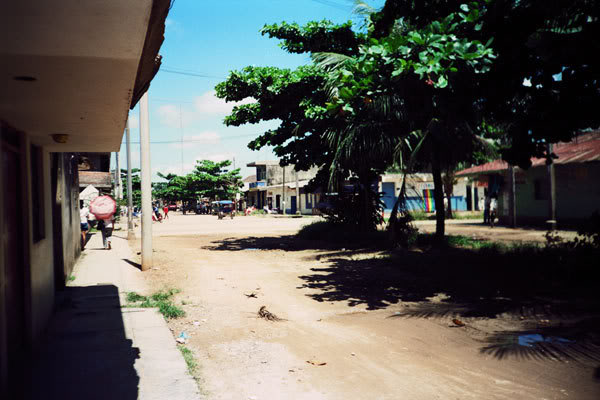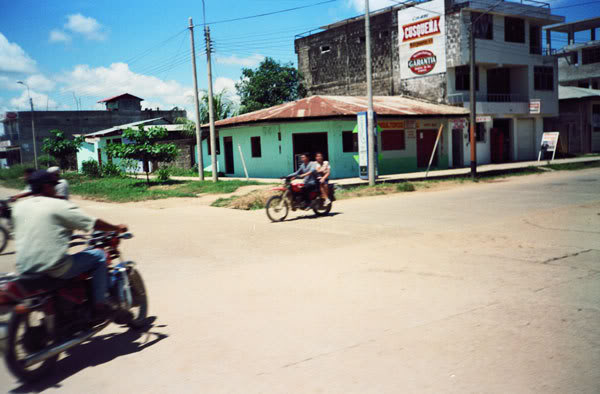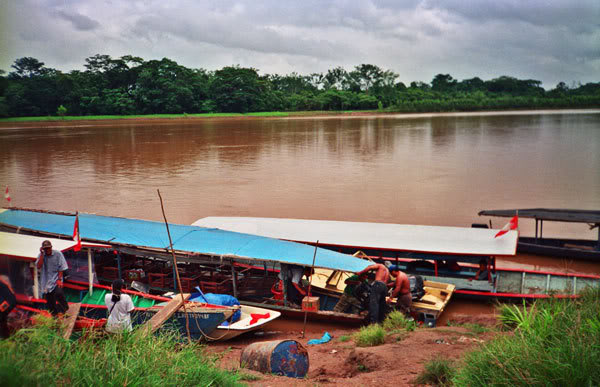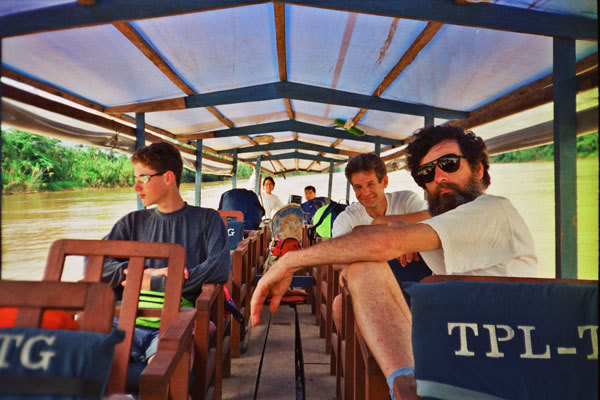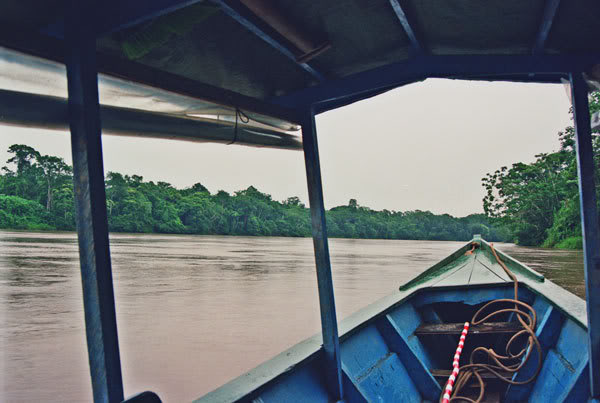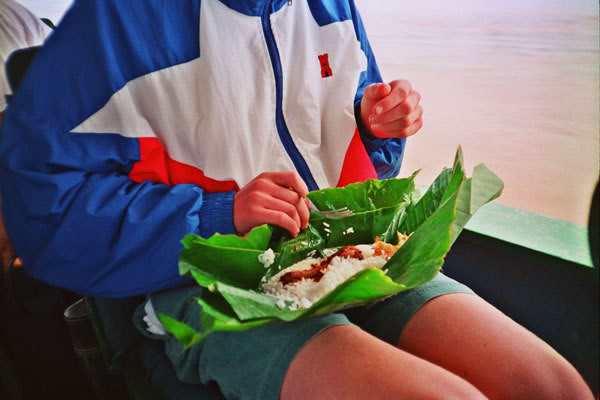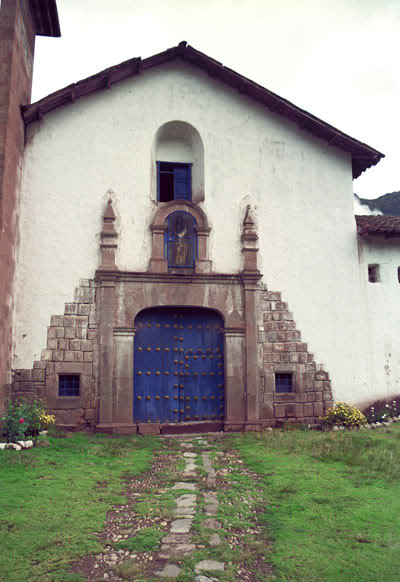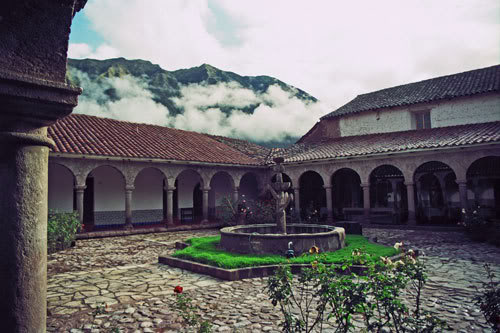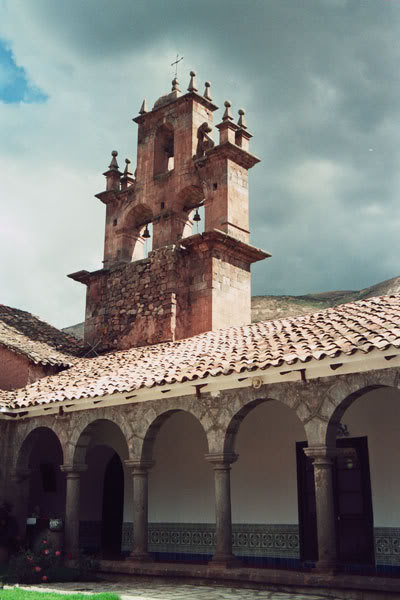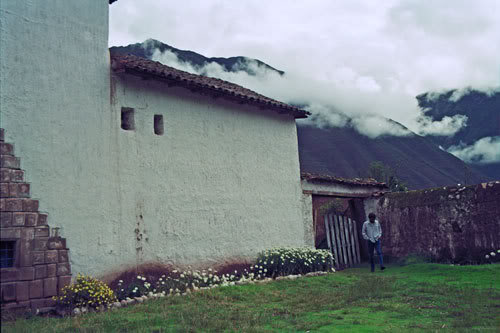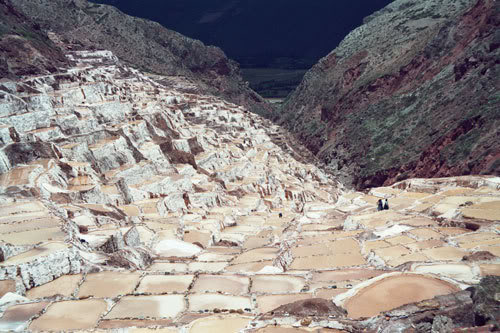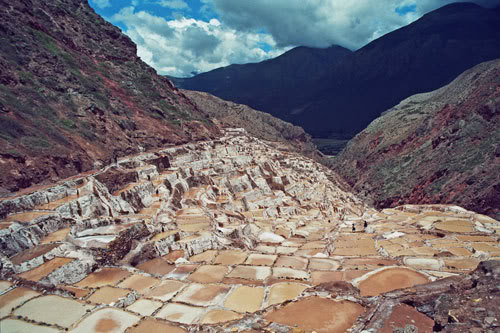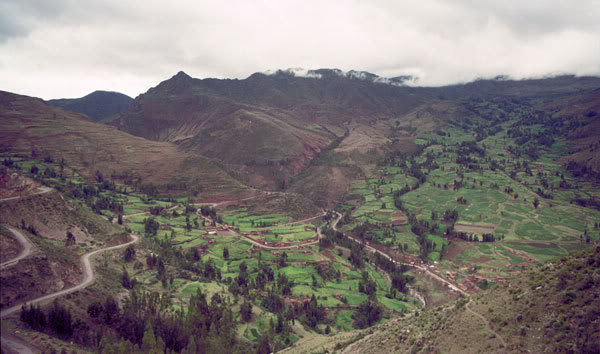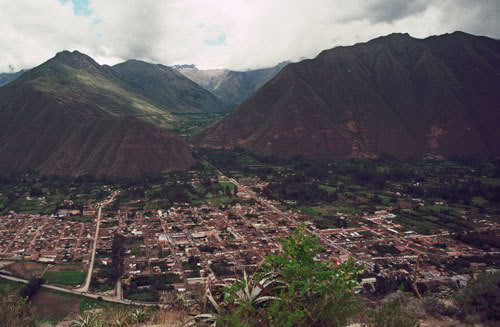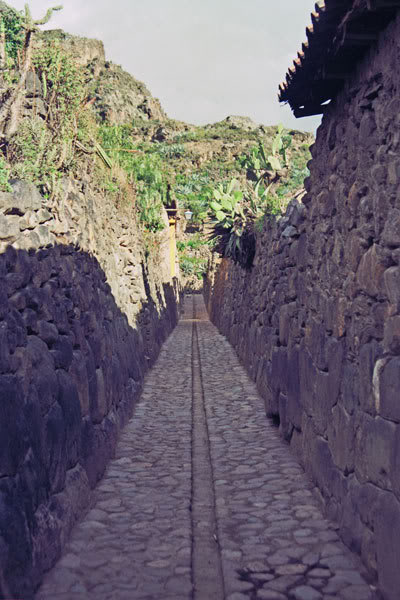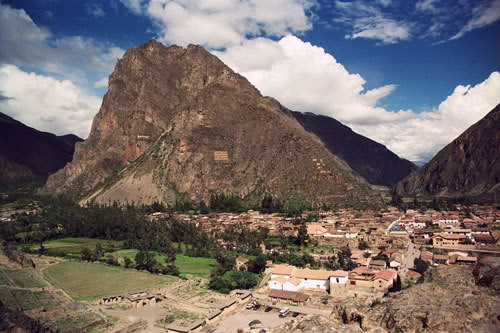Lima
We stayed in the suburbs of Lima where we walked locally and took a taxi (also an adventure) to the Gold Museum. Here there is one floor for the gold, one for textiles and one for guns. Lima’s streets were slightly grubby and chaotic, but the back-streets were more picturesque. Every driver honks the horn approaching an intersection, and if no-one honks back they just blast through at top speed. One-way streets mean “use your horn if going against the traffic” !
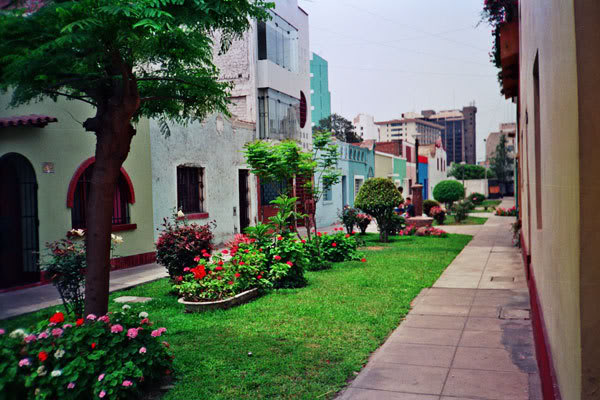
A street in Lima 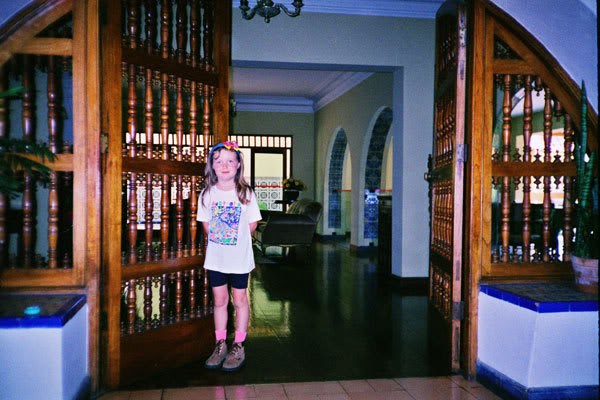
Interesting hotel in Lima
Puerto Maldonado
Next we flew on an Aeroperu plane up to Cusco at 3300m, landed briefly and then down to Puerto Maldonado at 100m, in the Peruvian Amazon jungle. This was a great flight, we briefly met the crew as they went on board, the Captain asked some of us to join them. They stayed in the cockpit for landings and takeoffs, and down through the thunderstorms to Puerto Maldonado. It was raining as we got off the plane & we managed to avoid a yellow fever injection at the airport as we had been forewarned and had it done in Auckland prior.
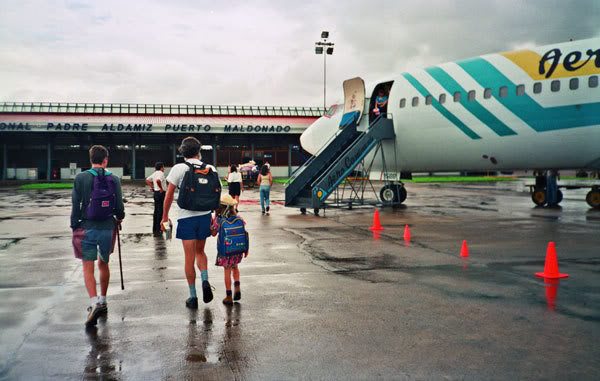
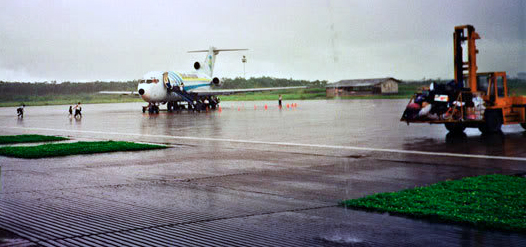
Luggage unloaded with a fork lift
We were met by our guides and transported through town. There are very few roads in and out of town so transport is limited. It is nearly 100% mopeds/motorbikes & motorscooter taxis.
We travelled down to the ‘harbour’ where we waited for the motor to be changed on our transport – a modified dugout.
We then travelled upstream through dense jungle. At first there was some agriculture, but it very quickly became just jungle. We were served lunch, very tasty chicken in sticky rice, wrapped in a banana leaf.
After four hours of travel upstream we arrived at our jungle lodge.

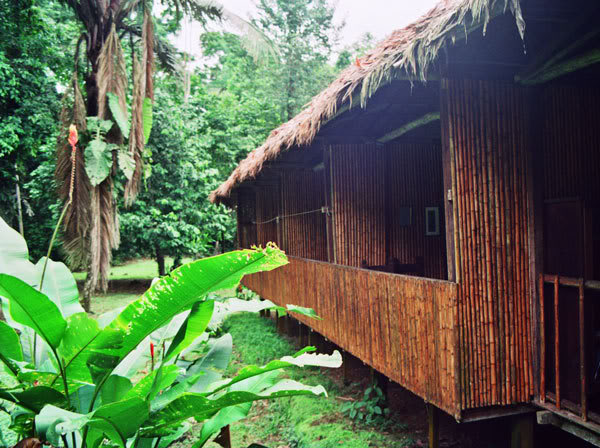
Rooms with no windows, looking out to the rain 
When the weather cleared a bit we did jungle walks – the mosquitoes were the most hazardous.
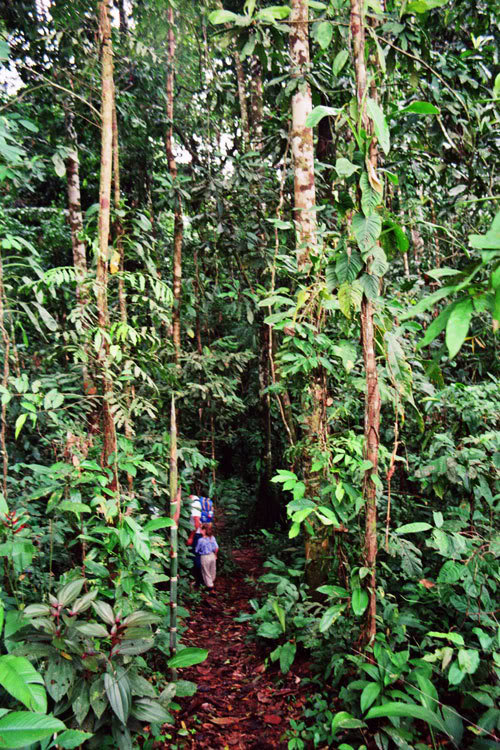
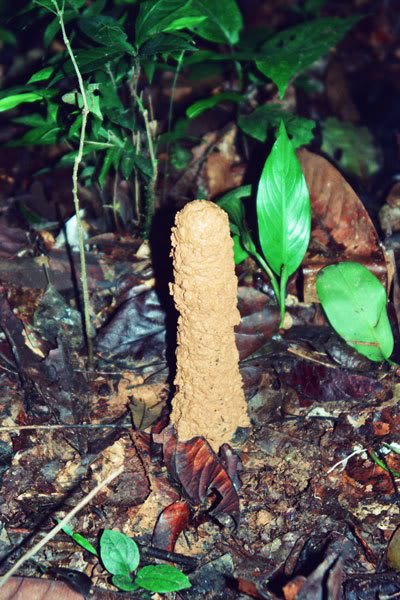
Cicada homes 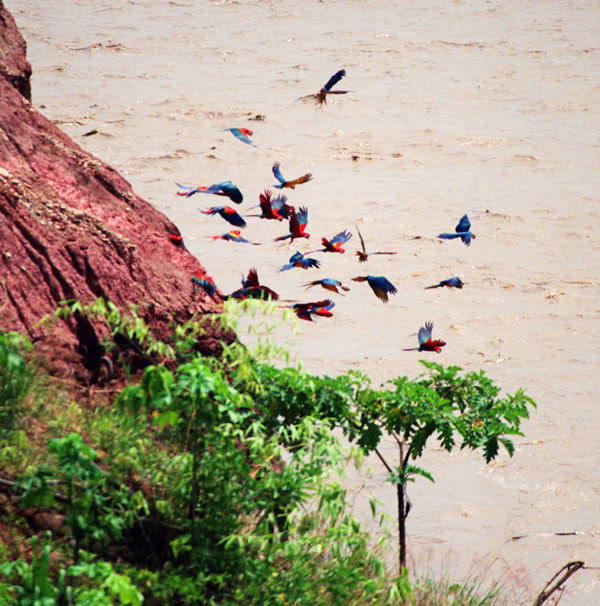
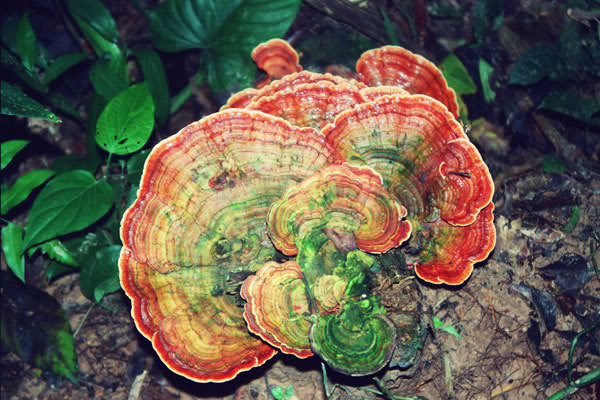
The fungal life was prolific and colourful 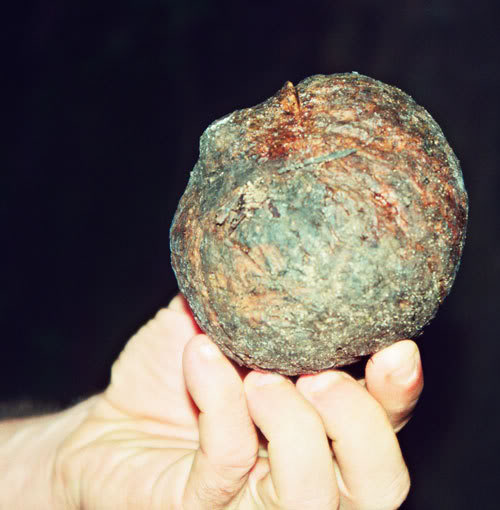
Brazil nut 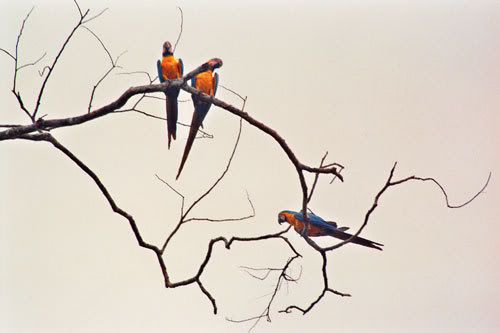
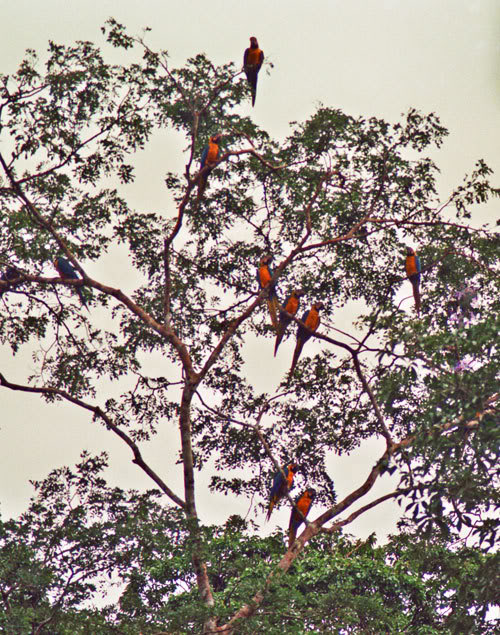
Wild Macaws
Brazil nut tree – 95% of the worlds brazil nuts come from Peru! The nut is big and grows off the side of the tree, all nuts are harvested in the jungle, they are not cultivated.
As it had rained during the night, the river rose rather quickly, we watched big trees with green branches rushing down and whirlpools of muddy water.
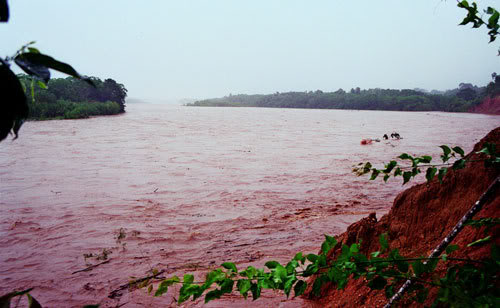
As the river rose, the boatmen moored the boats higher and higher, and then as it went down, 2 metres over night, moved the boats back. Was rather muddy to get in for our downstream journey back to the base camp. Off we went, much faster going downstream but the detritus and the high flow made for a hazardous journey. Back to Puerto Maldonado, then onto the plane for the uphill journey to Cuzco.
CUZCO
Cuzco is rather high, so to minimise the effects of altitude we stayed a few nights at a hotel in Ollytaytambo. This hotel was a converted Spanish mission. Which in tern was a converted Inca building. High mountains surround it, very quiet and peaceful. We rested and acclimatised at 3000 metres above sea level. The bell tower looked distinctly hazardous as it lent and crumbled.
The owner of the hotel organised a local guide for us. An English and Spanish speaking couple who owned a mini-van. For $20.00 US, they took us out for the day. First stop was the Salinas as the weather was showing signs of deteriorating. Salt has been gathered here from before the Spanish arrival, each little patch is owned by a family and the salt carried up the mountains on the back of donkeys. The water was brown because of the recent heavy rain. Normally they really sparkle. There are tiny gaps in the dam walls that they put in stones and take them out to fill each pool and let it evaporate.
Sacred Valley
Looking down on to the Sacred Valley, a highly productive farming valley with many old Inca structures. We then travelled into the valley, visited the market – an adventure all of its own – and walked through some of the old streets.
The following day we went to Pizac, probably the best ruin we saw. We took a long walk though and around the structure. The ruins at Pizac are extensive so meant a lot of walking and climbing of steps at high altitude. High quality carved stone walls and structures, and terraces everywhere. Each wall is about 1.5 metres high. Some walls were created with uniform height stone blocks, embedded straight on the rock base, while others had a more complicated shape.
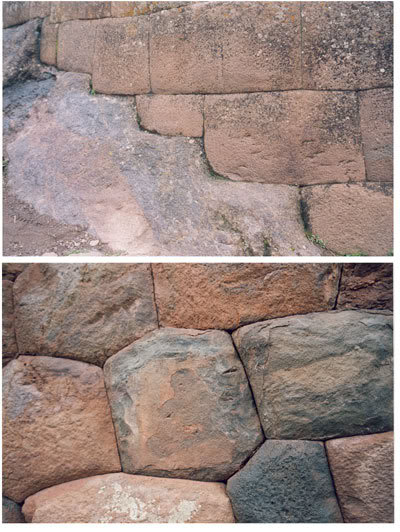
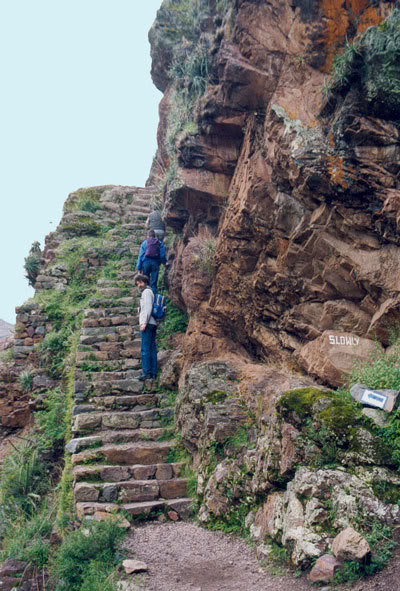
The sign says ‘slowely’ 
We bought this Incas vs Spanish chess set from the side of the road.
The signs says ‘slowly’ – We were very slow! At over 4000 metres up the air is thin and everything happens slowly. Also the drop was steep, with no first-world safety railings !! We stopped at the Pizac markets in the ‘new’ town of Pizac. Here we had a great shopping experience, buying wall hangings and a few other bits and pieces. We bought this Incas vs Spanish chess set from the side of the road.
CUZCO
We travelled up the mountains to the high valley containing the Inca capital of Cuzco. This is the main square, Plaza Aremis. Our hotel was on the left hand side.
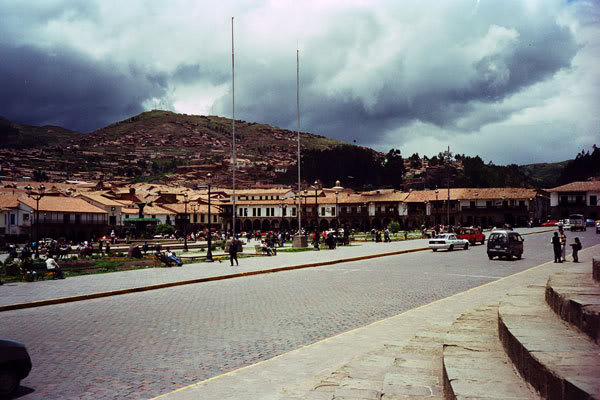
Cuzco main Plaza
The Spanish built their buildings on top of the Inca ones, using them as foundations. It is a very Spanish town. The old Inca walls can be seen with the Spanish buildings on top.
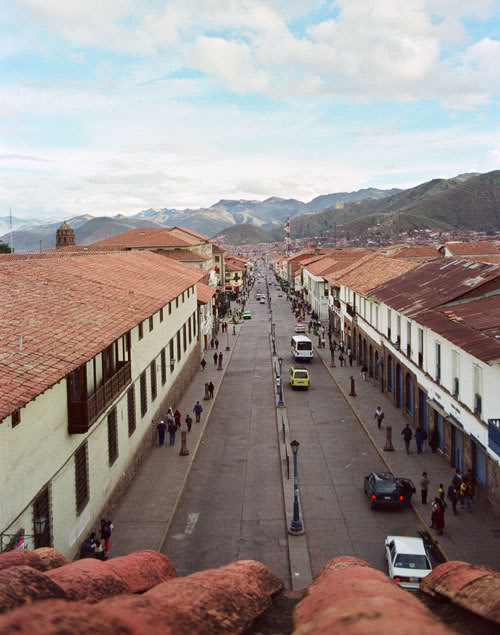
View out hotel window 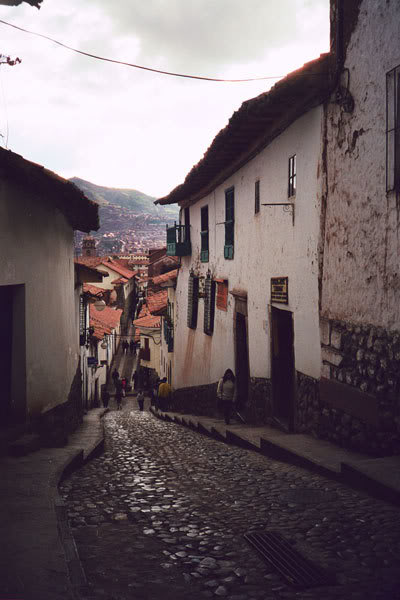
An old street leading away from Plaza Aremis 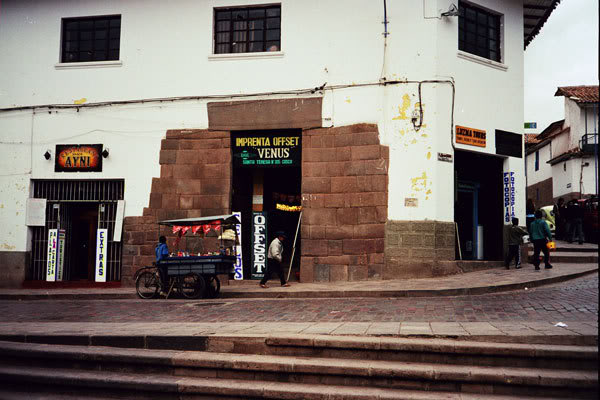

Everything is sold in the street markets 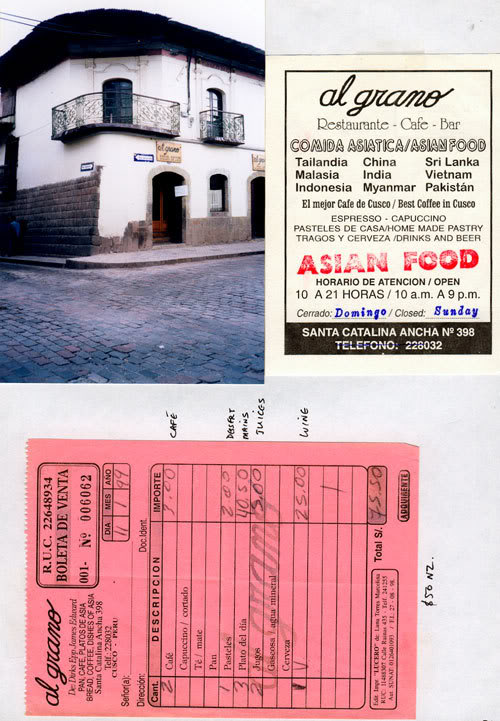
Our restaurant one night. Most of these buildings open into a courtyard and have little road frontage. Every afternoon the staff stand outside and hand out the menu, with a small map on the back so that you can find it again.
